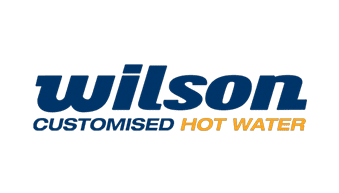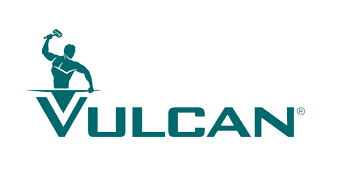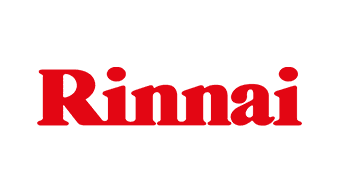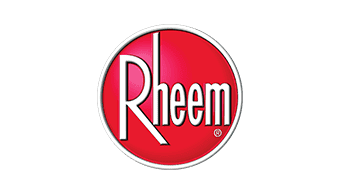
How to Protect Your Pipes from Tree Roots
It’s no surprise that trees and other plants are commonplace among many home gardens in Australia. They’re a great addition to landscaping, creating a natural oasis for residents, shade in summer and protection from winds during winter.
Unfortunately, all too often, DIY gardeners put little thought into the location of these trees. As a result, homeowners are left to deal with the hefty costs associated with damage caused by invasive tree roots into their sewer lines and water pipes.
Why are Invasive Root Systems So Damaging?
Invasive tree roots, or any tree roots for that matter, thrive in the moist, nutrient and oxygen-rich environment that these pipes offer. When a tree’s root system finds a crack or leak within a pipe, it will grow into it.
The roots spread and obstruct the flow of waste. This can quickly cause a drain blockage and irreparable invasive root damage to sewer pipes and septic lines. In the case of sewer leaks, it can also pose unsanitary health hazard risks to you and your loved ones.
So, is there any way to avoid invasive roots? Yes! The good news is that you can employ a few precautionary measures to ensure you don’t find yourself in the middle of a costly pipe replacement and we explore them below.
Determine Where Pipelines are Located
Like many situations, prevention is always better than cure when it comes to invasive tree roots. You can save yourself a major future headache now by ensuring you plant any trees and invasive plants at least three meters away from your pipelines.
If you are unsure of the precise location of your pipes and water lines, Metropolitan Plumbing can conduct a camera inspection to advise you where they are located. Once we have mapped this out, you can plant or relocate trees accordingly.
Aggressive roots can wreak havoc on your plumbing if not properly managed. Certain species have invasive root systems that can infiltrate and damage pipelines, causing costly repairs. By identifying and avoiding planting these trees near your pipelines, you can prevent future issues.
Metropolitan Plumbing’s inspection service helps pinpoint exact locations, ensuring you can strategically plant trees without risking your infrastructure.
Tactically Plant Trees and Shrubs
Along with planting trees in suitable locations, you’ll also need to consider what type of trees are planted. Research into which are not suitable for planting near pipes can go a long way in ensuring your pipe’s safety. Species that are fast-growing with strong root systems should be avoided. Common trees to avoid planting typically include:
- Camphor Laurel
- Fig trees (including weeping figs, Moreton Bay figs, Port Jackson figs)
- Evergreen Alder
- Rubber Plants
- Poplar trees
- Willow trees
- Silver Maple trees
- Gum trees or eucalyptus trees
- Some deciduous tree species
Better choices are slower-growing tree species with shallow root systems.
Create a Barrier Between Trees and Pipes
If you are worried about a potential invasive root issue, you can use root barriers to discourage root growth. Tree root barrier systems act like underground shields. They’re installed around your property to deflect the growth of invasive roots, guiding them away from structures like pipes, retaining walls and building foundations. Essentially, they create a boundary that roots can’t cross, protecting your home from unwanted underground visitors.
One popular method is flushing small amounts of copper sulphate down the toilet. Copper is poisonous to a tree’s roots, meaning they will avoid growing into the pipes.
Another method is to plant metal or wood barriers vertically to the pipe, around 6 – 12 inches deeper than it. This will provide a protective layer within the ground, to stop roots on their way towards your pipes.
Inspect and Maintain the Root System
Knowing the warning signs and employing regular plumbing maintenance practices will help you avoid major repairs caused by trees with invasive roots in the future. Invasive tree roots can spread rapidly, causing serious problems for your sewer lines and underground pipes. If tree roots frequently clog your drains or you hear gurgling noises, contact Metropolitan Plumbing for a CCTV drain inspection. This inspection can identify the root system issues early on.
Catching the invasion of tree roots early is a cost-effective alternative to the excavation and replacement of pipes when the blockage becomes severe, saving you time and money.
Tree Removal to Prevent Root Damage
When tree roots spread and grow rapidly, they can cause serious problems for your underground pipes and septic lines. Removing trees with invasive roots is sometimes the best solution to protect your property from extensive damage.
Consulting with a professional arborist can provide you with expert advice on whether tree removal is necessary and the best methods for doing so. An arborist can assess the specific species and health of your trees, ensuring that removal is done safely and effectively. By addressing the root of the problem, no pun intended, you can ensure the safety and integrity of your plumbing system and prevent costly repairs in the future.
Removal Of Invasive Roots
If you believe you are experiencing invasive roots that are blocking pipes, contact the team at Metropolitan Plumbing. We can provide a range of tree root invasion repairs, or if the damage from exposed roots in underground pipes is on a larger scale, we can fully replace the pipes as well with our blocked drain repair services.
Through the use of modern equipment such as Hydrojet drain machines, electric drain cleaning, relining and drainage excavation techniques, you can be sure you are in safe hands with Metropolitan Plumbing. Contact us today.
Please note: This information is provided for advice purposes only. Regulations differ from state to state, so please consult your local authorities or an industry professional before proceeding with any work. See our Terms & Conditions here.
Published: 2024-07-16

















